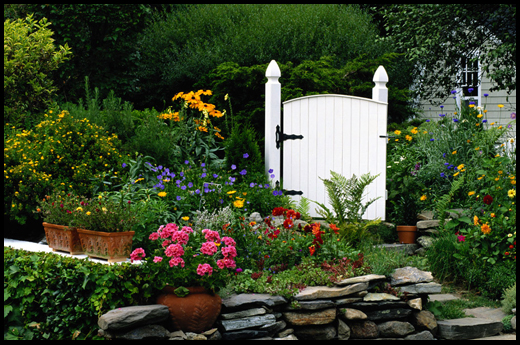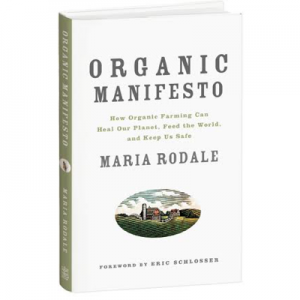Have you ever driven down a street or road and tried to guess the personalities of the people living there by looking at their gardens?
Of course you have. We all have. You can always tell the traditionalists from the nontraditionalists, the thrifty from the big spenders, the holiday decorators from the holiday scrooges. (That would be me—it’s too much work to put it all up and then take it all down again.) Which reminds me, I’m a lazy gardener, too. But you can always identify the fastidious ones by how they keep their lawns. I admire them. (As long as it’s organic!)
When I was little, I always thought I would become an artist, and I have painted. But now I mostly channel that creative energy into painting with plants. It’s a way to express a vision, a sense of who I am and what’s important to me.
Recently, I heard the most surprising and delightful story of gardening as self-expression. I was at a dinner with some local businesspeople. There are a lot of industrial businesses where I live in Pennsylvania, and the man sitting across the table from me was John Cancelliere, the president and CEO of MC Ironworks, a structural-steel fabrication company. After the usual “How’s business?” stuff, I wasn’t sure where the conversation was going to go. Fortunately, our mutual banking friend had been to Cancelliere’s business and started telling me about the company’s garden….
Apparently, the campus has two large warehouse-type buildings with a lawn between them. But now, that lawn is a garden—not some corporate garden, but a true, genuine expression of the employees’ pleasures. “It started with a fishpond,” Cancelliere said over dinner. One of his employees, Ronnie Avate, asked if he could put in a fishpond. And from there, he added to it. Some of the shop employees built a bridge (which is what the company produces). Another person added a meticulously linear sunflower patch. Avate planted trees and brought in statues of deer (which no decent Pennsylvania garden is without, be they live ones, statues, or both). It’s organic, employee-created and -maintained, and cost the company $900.
I couldn’t help but be impressed, and charmed by the thought of burly steelworkers creating such a sweet oasis. Clearly, the employees felt invested, connected, and even affectionate toward the company they work for. And that’s what I love most about gardening: It’s a joyous celebration of diversity and creativity. Yes, we need to grow things to eat, but gardening is so much more than that. Gardening reflects who we are in all our quirky glory.
For example, in a few months, it will be Easter egg tree season; the time of year when colored plastic Easter eggs suddenly blossom from bare tree branches. There is no real point to them. You can’t eat them. But I enjoy seeing them because they celebrate the season and reflect the self-expression of the people who take the trouble to create them. And as I point out the Easter egg trees to my children, they begin to understand that they, too, can express themselves in the garden. And that it’s a joyful thing.





What a great corporate oasis story. Thanks!